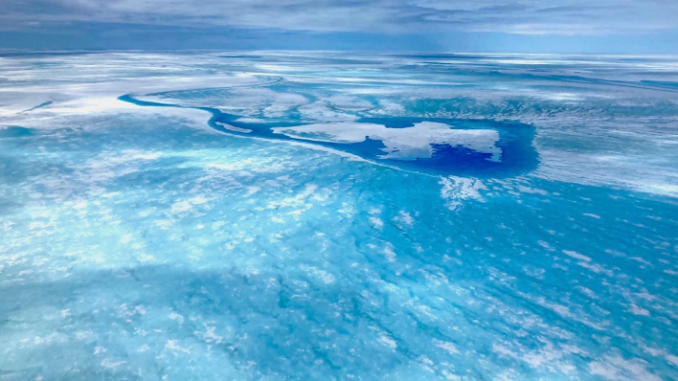
A new article “Peak refreezing in the Greenland firn layer under future warming scenarios” was published in Nature Communications on 11 November 2022.
Read here the main results.
Access the paper here: https://rdcu.be/cZPvz
Twitter thread: Peak refreezing – Brice Noël
- Firn is the layer of compressed snow that covers 90% of the Greenland ice sheet. Firn acts as a sponge that retains about half of surface meltwater. Our Nature Communications paper explores how long the firn layer will continue to buffer meltwater in the future
- The firn layer is up to 100 m thick and full of air pockets. In winter snow grows the firn layer on top. In summer meltwater is retained in firn air pockets, where it is eventually refrozen. Today this happens to about half of surface melt, the remainder runs off to the ocean.
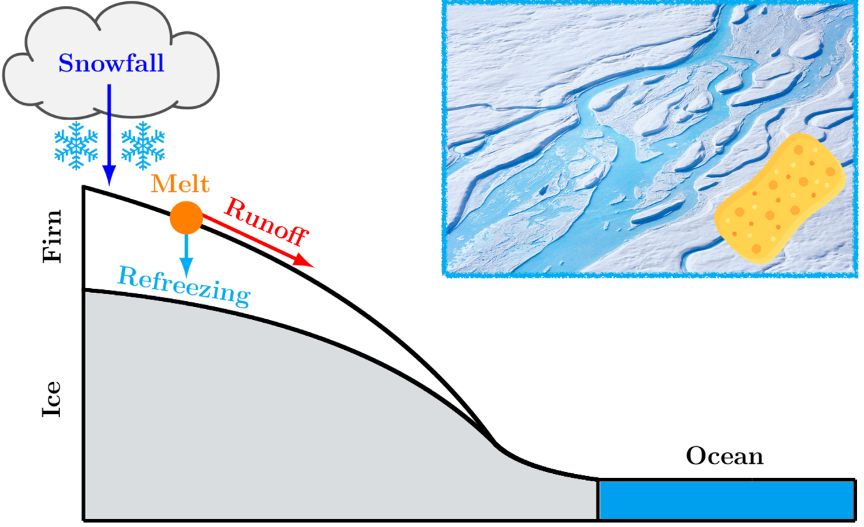
- We use climate models to project the evolution of the Greenland firn layer until 2300, considering low to high-end warming scenarios. Future increases in melt threaten to saturate the firn layer and reduce its refreezing potential, which would rapidly increase runoff.
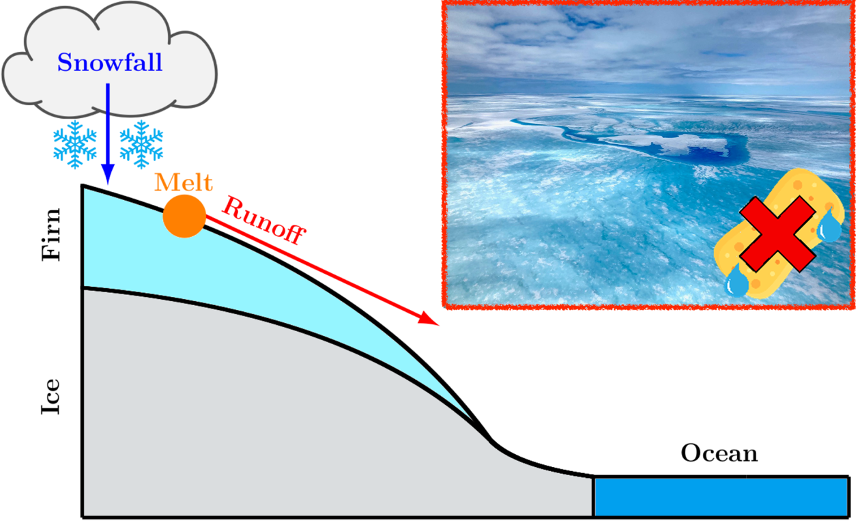
- We found that refreezing in firn remained steady until the mid-1990s and started to increase thereafter. Our models predict that under high warming scenarios, refreezing could peak and irreversibly decline around year 2130, a process that we call “peak refreezing”.
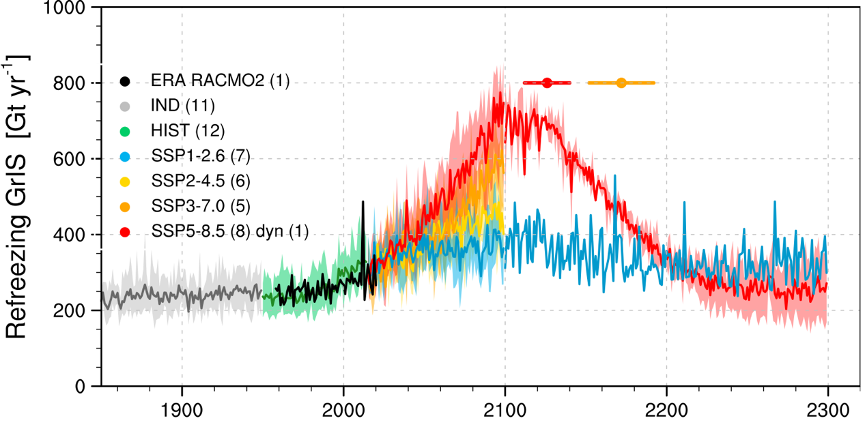
- Peak refreezing is reached 50 years later under intermediate warming, but is not reached for low warming scenarios, as the firn layer stabilizes at the end of this century. Reaching peak refreezing irreversibly reduces the capacity of firn to refreeze meltwater.
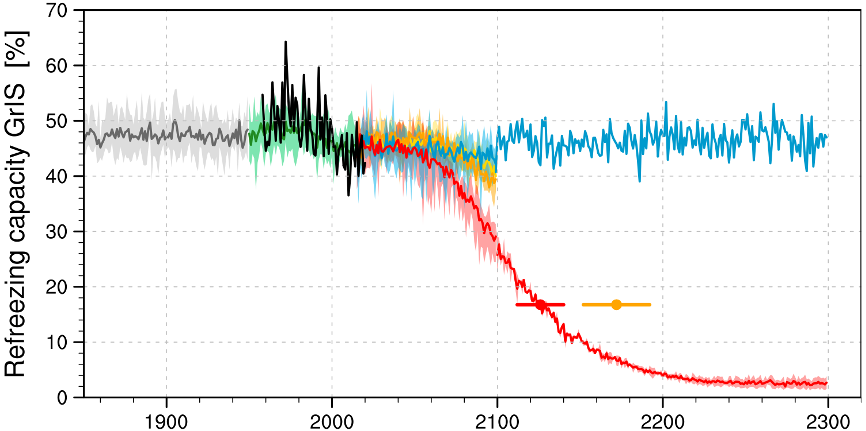
- After peak refreezing, runoff is produced over nearly the entire Greenland ice sheet. As a result, mass loss increases 20-fold relative to present-day, and so does the ice sheet contribution to global sea-level rise.
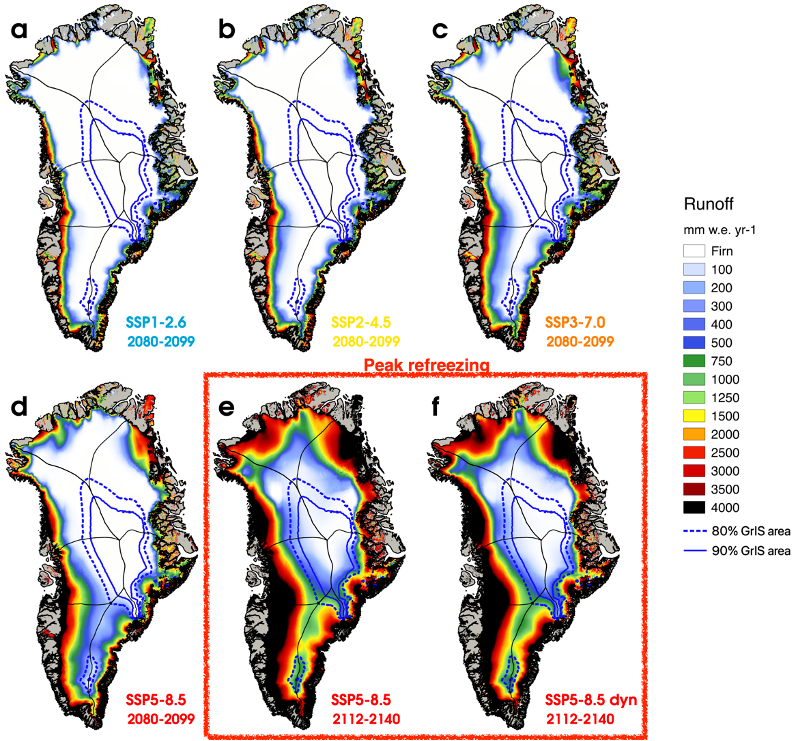
- In the absence of significant snowfall increase in the future, peak refreezing marks a threshold for the Greenland ice sheet mass loss, as decades to centuries of cold summers would be required to regrow a healthy firn buffer.
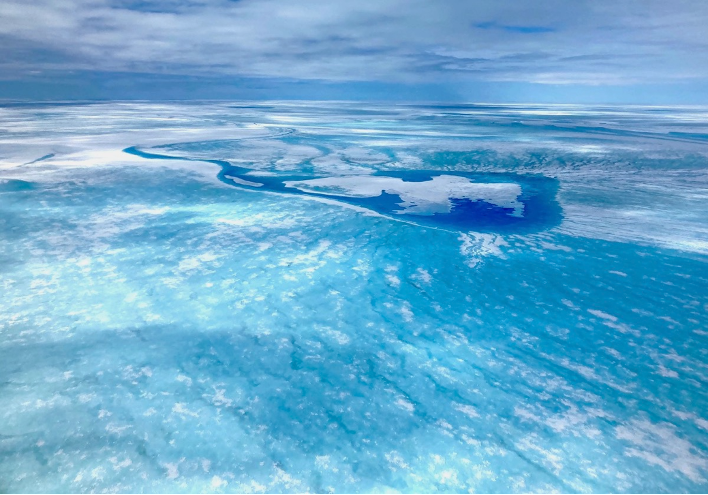
- The team @bpynoel, @lenaertsjan, Bill Lipscomb, Katherine Thayer-Calder and @mrvandenbroeke from @UUBeta was supported by @NWO_Science @ProtectSlr @NESSCresearch.
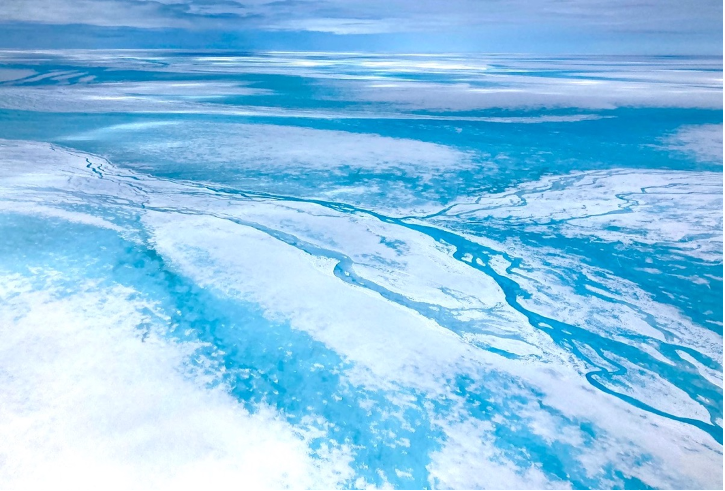

Leave a Reply